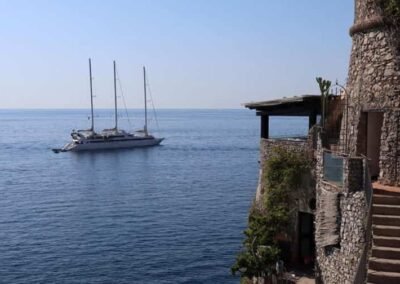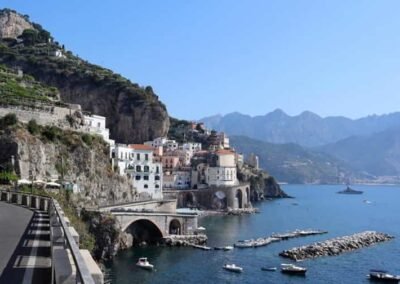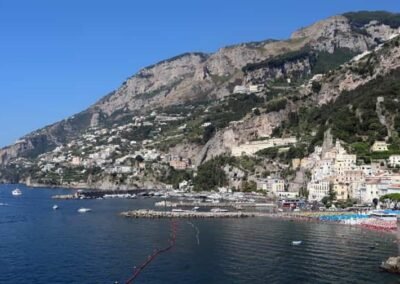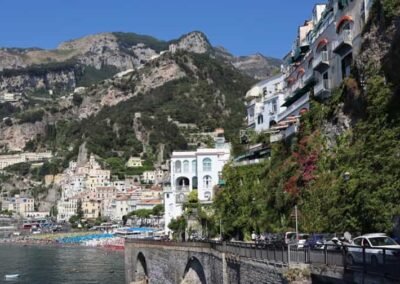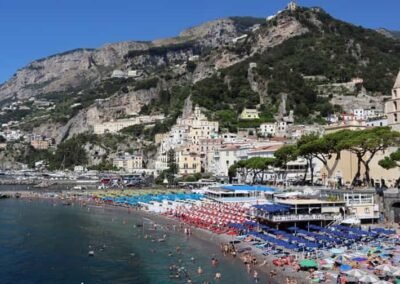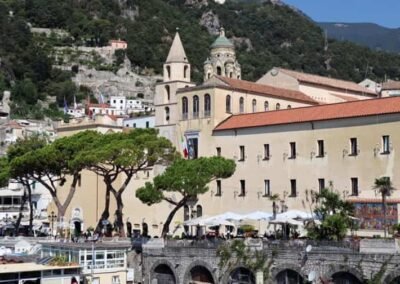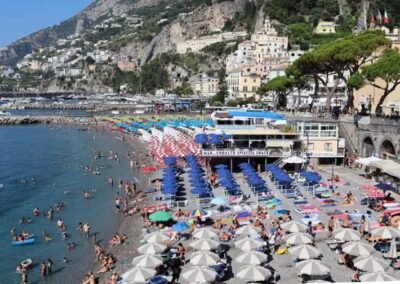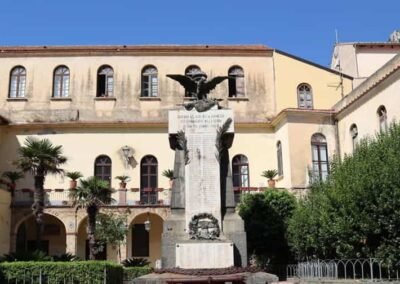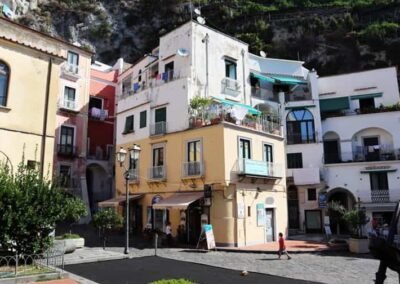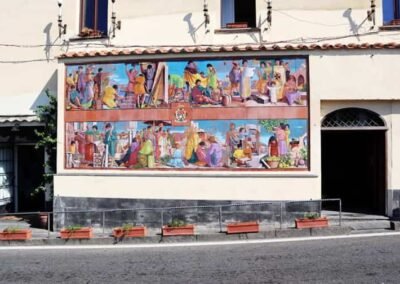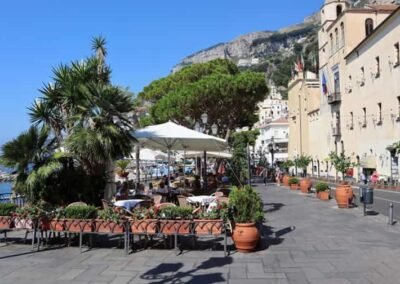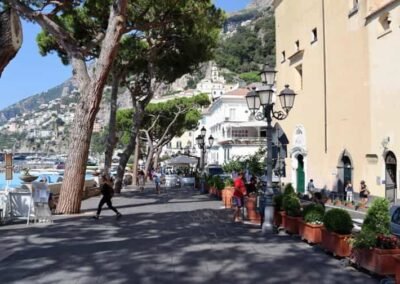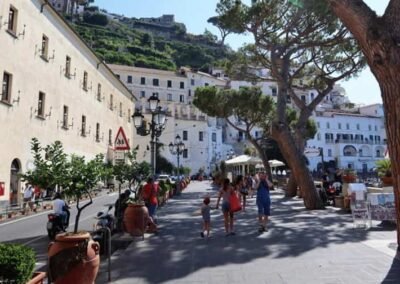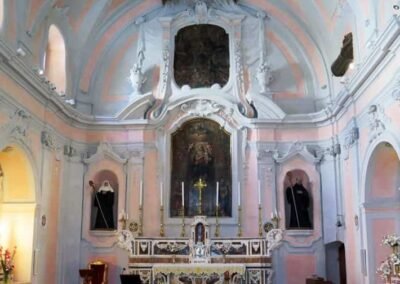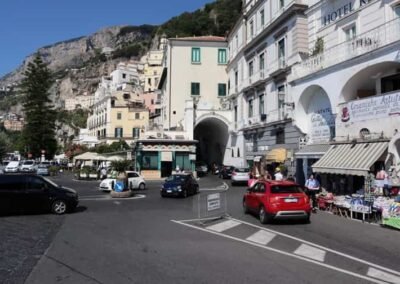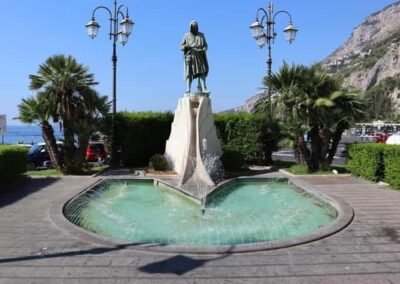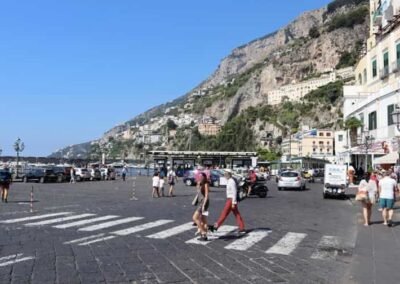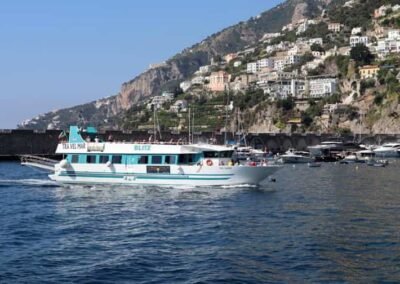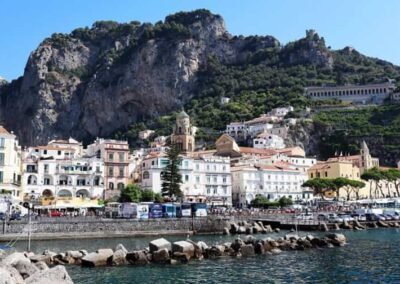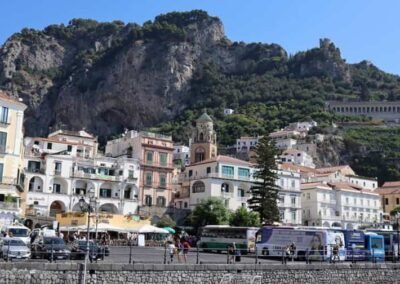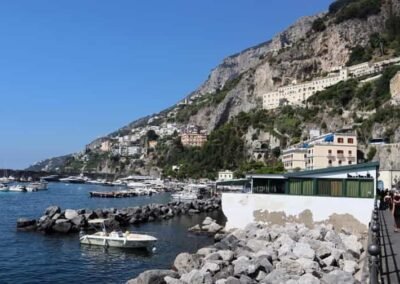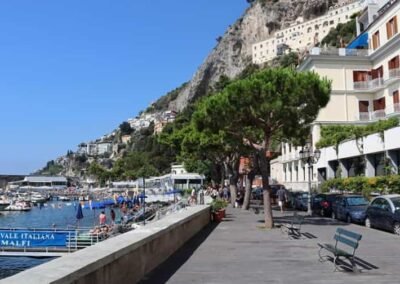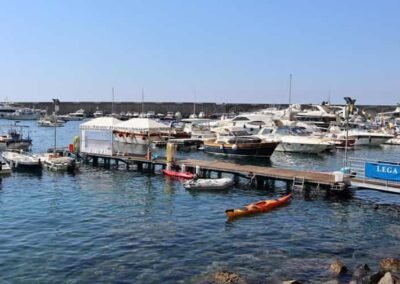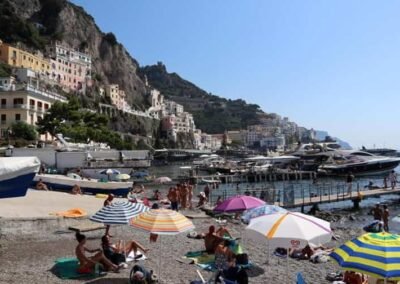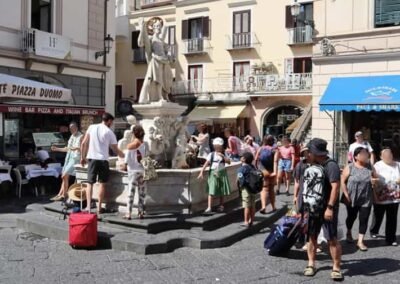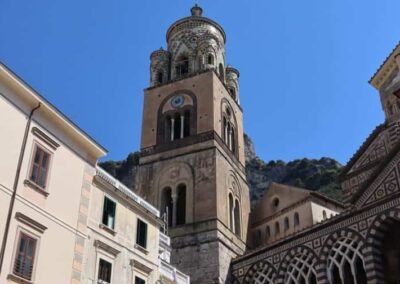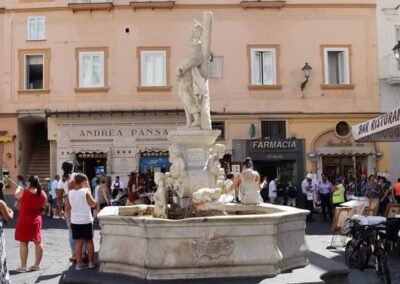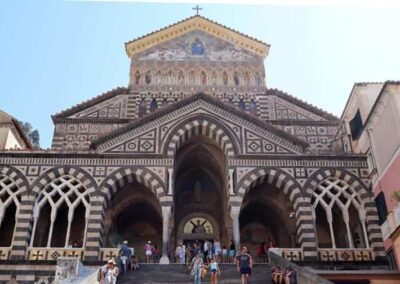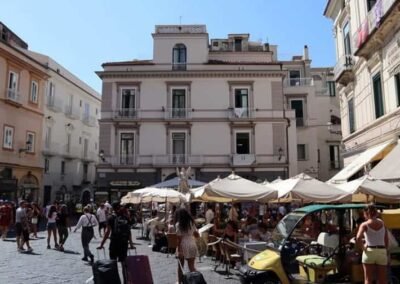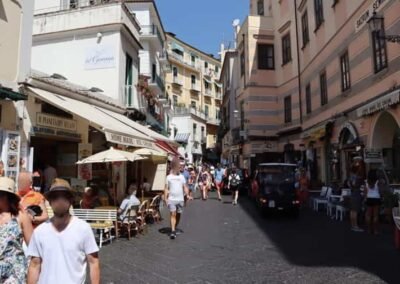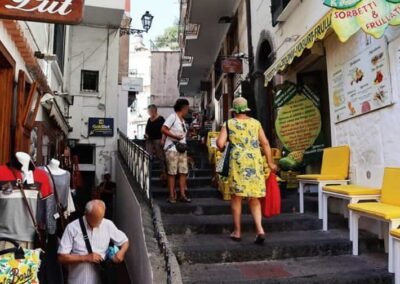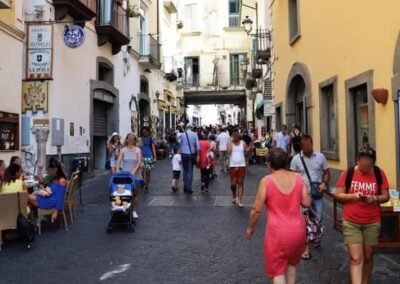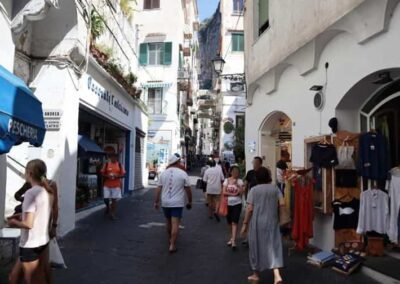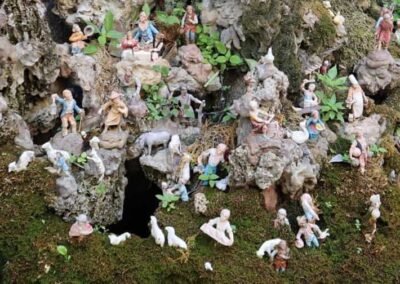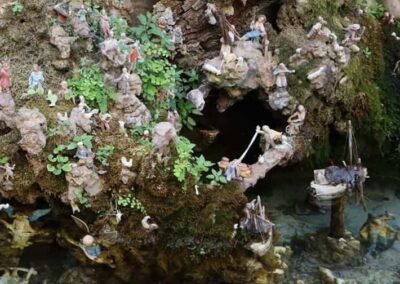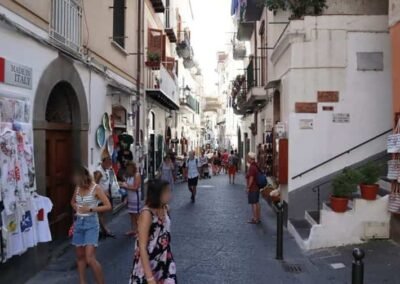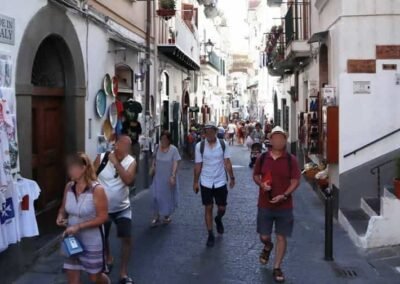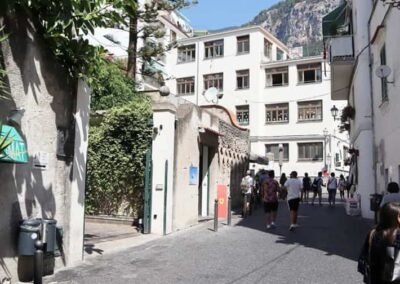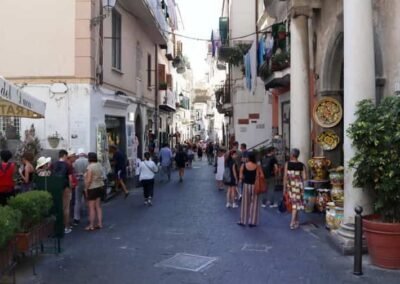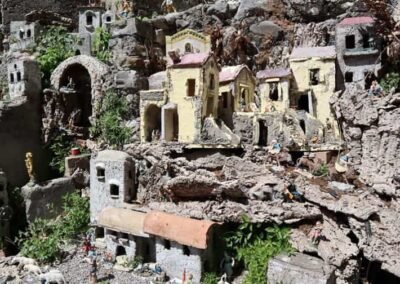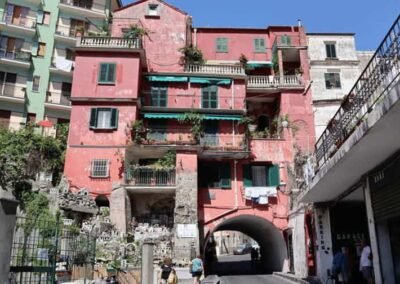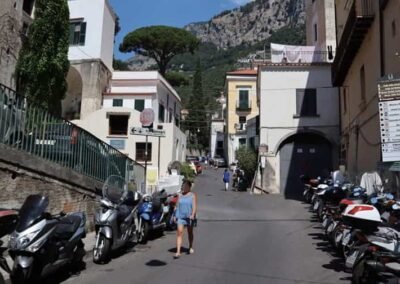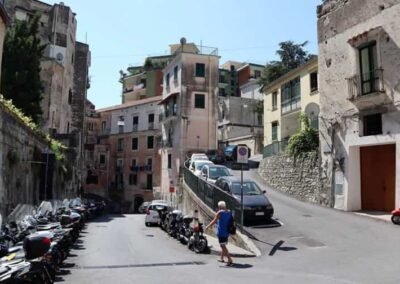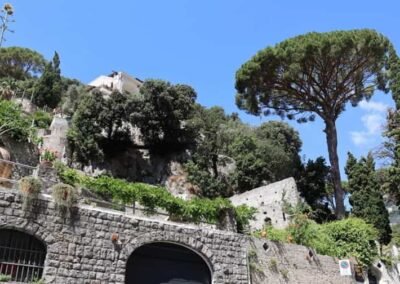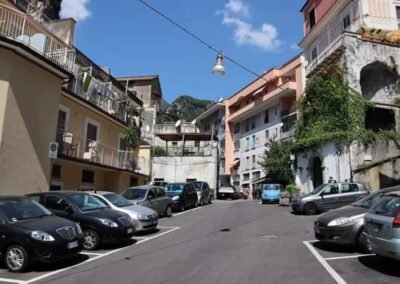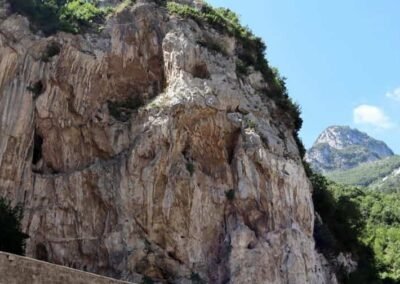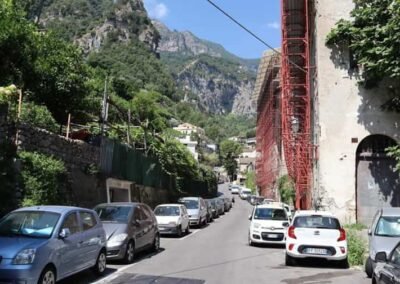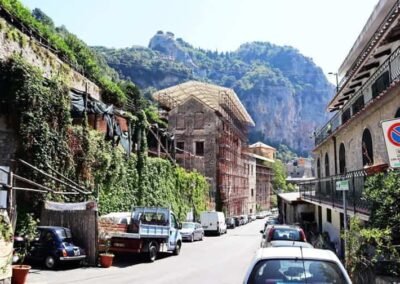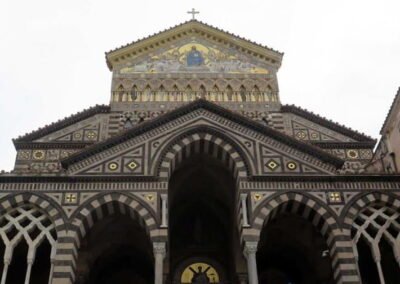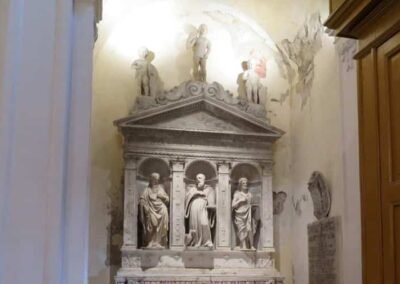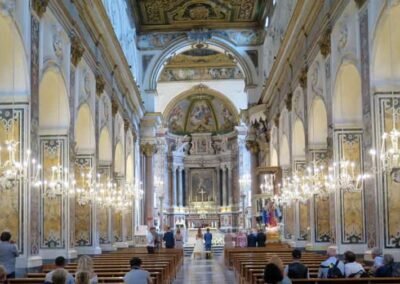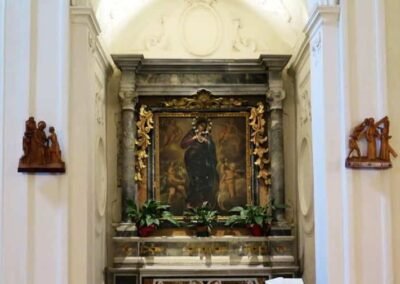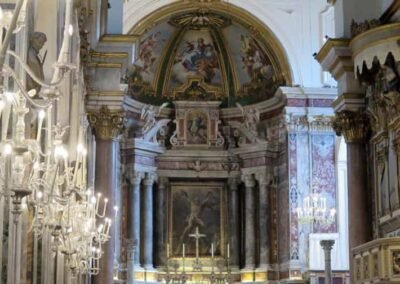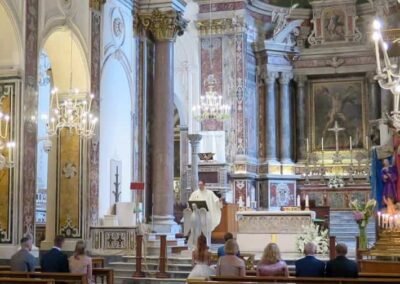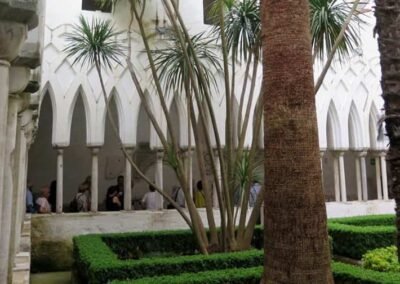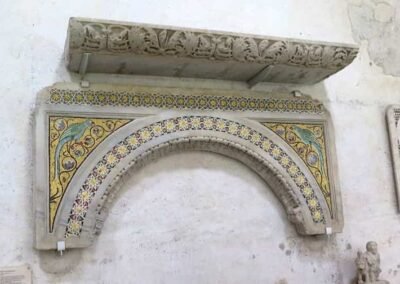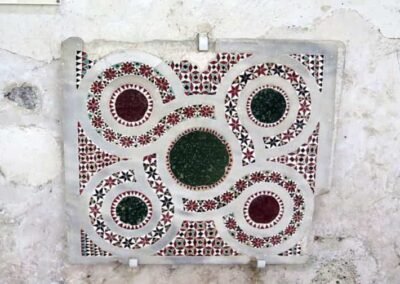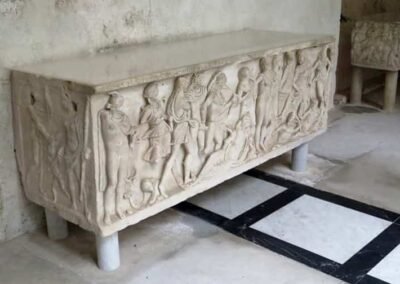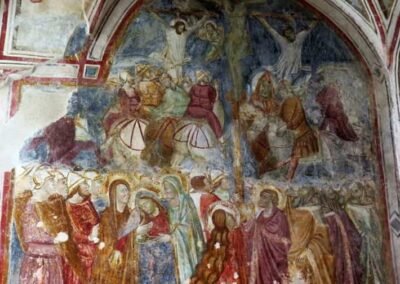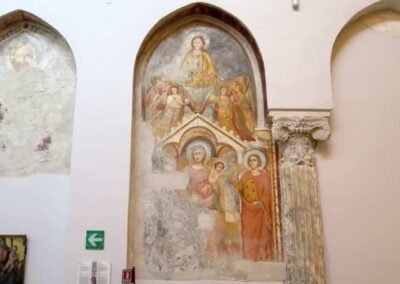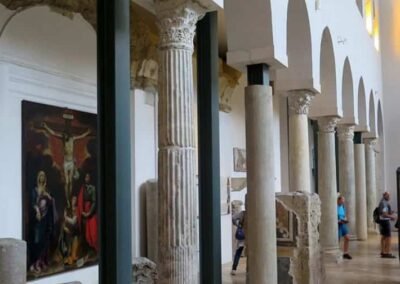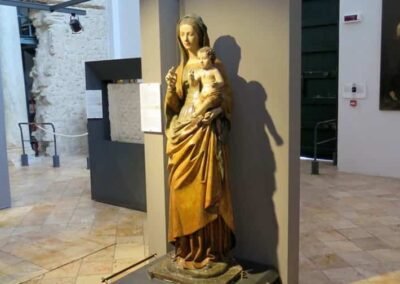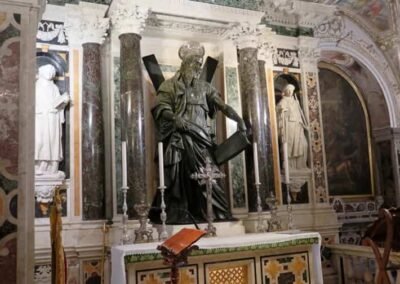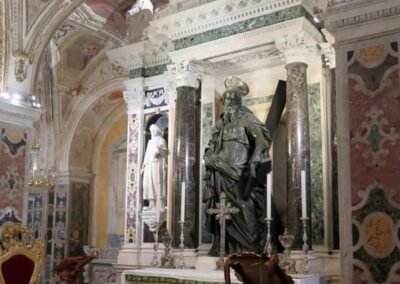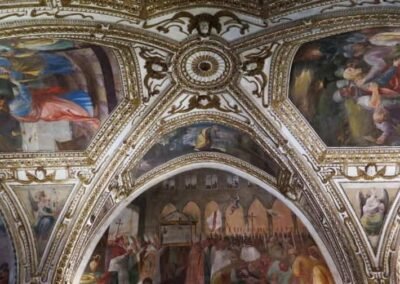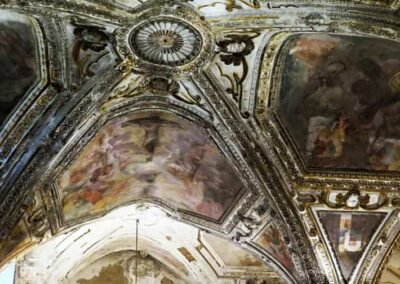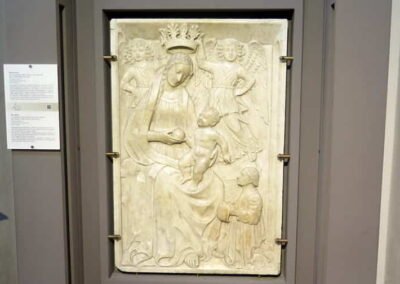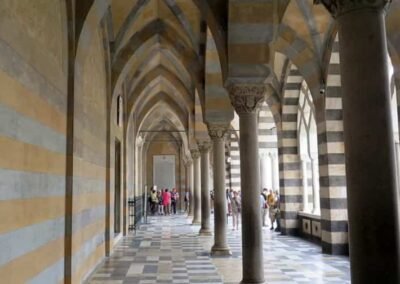HOME
THE REGIONS OF ITALY
PLACES IN ITALY
Italy in Photos
Via Lungomare dei Cavalieri, 84011 Amalfi SA, Italy (August 2019)
Amalfi
Amalfi is a captivating coastal town in southern Italy, nestled between dramatic cliffs and the shimmering blue waters of the Tyrrhenian Sea. Located in the province of Salerno, it is the heart of the famous Amalfi Coast, a UNESCO World Heritage Site celebrated for its breath-taking landscapes, pastel-coloured villages, and winding seaside roads. Amalfi’s beauty and charm have inspired artists, poets, and travellers for centuries, making it one of Italy’s most beloved destinations.
The town has a long and fascinating history that dates back to the early Middle Ages. Between the ninth and eleventh centuries, Amalfi was an independent maritime republic, rivalling powerful cities such as Venice, Pisa, and Genoa. It flourished as a major trading centre, connecting the Mediterranean world with the East. The town’s influence extended across seas, and its merchants contributed greatly to the development of maritime law and navigation. Reminders of this prosperous past can still be seen in Amalfi’s architecture, traditions, and monuments.
At the heart of the town stands the magnificent Cathedral of Saint Andrew, a stunning example of Arab-Norman and Romanesque styles. Its grand staircase, striped façade, and ornate bronze doors draw visitors from around the world. Inside, the cathedral’s crypt houses the relics of Saint Andrew, Amalfi’s patron saint, brought from Constantinople in the thirteenth century. Surrounding the cathedral, narrow alleys filled with shops, cafes, and lemon-scented courtyards lead down toward the bustling harbour and the sea.
Amalfi is also known for its natural beauty. The steep terraces surrounding the town are covered with lemon groves used to produce the region’s famous *limoncello*, a sweet and aromatic liqueur. The views from the cliffs and coastal trails are spectacular, offering glimpses of turquoise coves, ancient watchtowers, and distant islands. Nearby, the Valle dei Mulini, or Valley of the Mills, offers a peaceful escape with its lush vegetation and ruins of old paper mills that once supplied the town’s renowned handmade paper.
Today, Amalfi combines its glorious history with modern Mediterranean charm. Visitors can relax on its small beaches, enjoy fresh seafood, and experience the warmth of local hospitality. Whether admired from the sea or explored on foot, Amalfi embodies the timeless allure of the Italian coast — a place where history, nature, and beauty meet in perfect harmony.
Worth a Visit
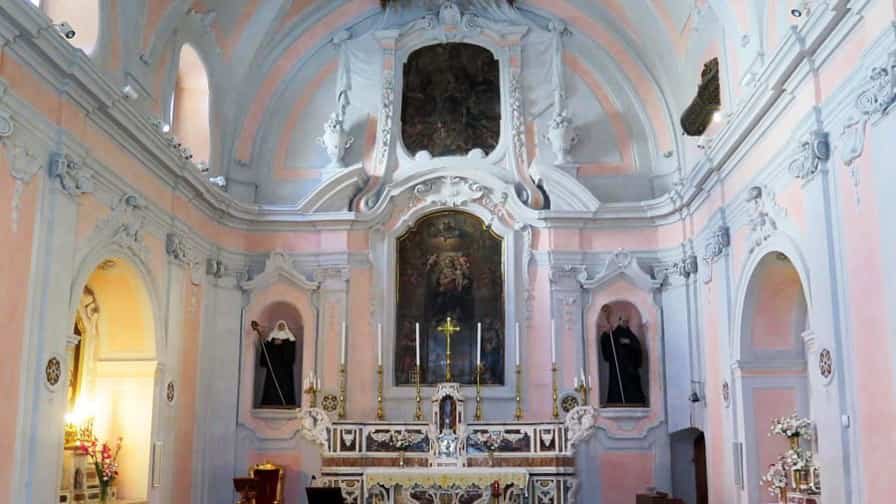
The Church of San Benedetto in Amalfi is a beautiful example of the town’s rich spiritual and artistic heritage. Located near the historic center, this church dates back to the tenth century and was originally part of a Benedictine monastery that played an important role in the religious life of the community. Over the centuries, the structure has undergone several transformations, blending different architectural styles that reflect Amalfi’s long history and cultural influences. The church’s simple yet elegant façade contrasts with its richly decorated interior, where visitors can admire delicate frescoes, fine stucco work, and sacred artworks from various periods. Though smaller and less famous than the nearby Cathedral of Saint Andrew, the Church of San Benedetto offers a peaceful and intimate atmosphere. It stands as a quiet reminder of Amalfi’s devotion and the enduring presence of monastic traditions along the spectacular Amalfi Coast.
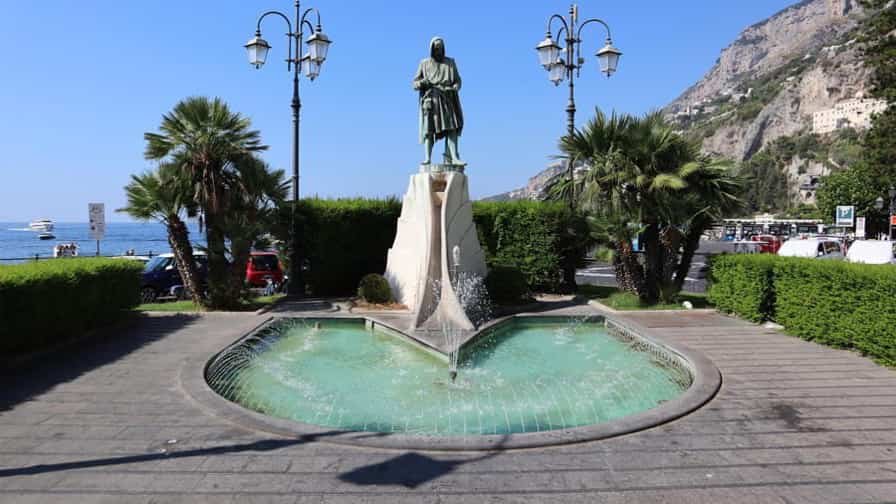
Piazza Flavio Gioia is the lively gateway to the historic heart of Amalfi, a picturesque coastal town in southern Italy. Named after the legendary mariner Flavio Gioia, who is often credited with perfecting the magnetic compass, the square blends maritime heritage with Mediterranean charm. Located near the seafront, it welcomes visitors with palm trees, stone benches, and a magnificent statue honouring Gioia himself. From here, narrow cobblestone streets lead to Amalfi’s famous Cathedral of Saint Andrew and a maze of quaint shops, cafés, and gelaterias. The gentle sea breeze carries the scent of lemon and salt, while the sound of lapping waves mingles with the chatter of travellers and locals alike. Piazza Flavio Gioia is more than just a meeting point—it is a symbol of Amalfi’s proud seafaring past and its warm, timeless atmosphere that continues to enchant visitors from around the world.
Photo Gallery of Walk 1 – Via Pantaleone Comite to Via Lungomare dei Cavalieri
Approximately 1.16 km – 0.72 miles
The walk starts in – Via Pantaleone Comite – Piazza Municipio – Corso delle Repubbliche Marinare –MChiesa Corso delle Repubbliche Marinare – Corso delle Repubbliche Marinare – Piazza Flavio Gioia – Molo Darsena di Amalfi – Via Lungomare dei Cavalieri
Photo Gallery of Walk 2 – Piazza Duomo to Via delle Cartiere
Approximately 0.97 km – 0.60 miles
The walk starts in – Piazza Duomo – Fontana di Sant’Andrea, Piazza Duomo – Piazza Duomo – Via Lorenzo D’Amalfi – Salita Fra’ Gerardo Sasso – Via Lorenzo D’Amalfi – Via Pietro Capuano – Piazza della Spirito Santo – Via Cardinale Marino del Giudice – Via delle Cartiere
Duomo di Amalfi
The Duomo di Amalfi, also known as the Cathedral of Saint Andrew, is the most iconic landmark in Amalfi and one of the finest examples of medieval architecture on the Amalfi Coast. Rising majestically above Piazza del Duomo, its striking staircase, intricate façade, and rich history make it a symbol of the town’s glorious past and deep spiritual heritage. Dedicated to Saint Andrew the Apostle, the patron saint of Amalfi, the cathedral has stood at the heart of the community for nearly a thousand years, welcoming pilgrims, travelers, and art lovers alike.
The origins of the Duomo date back to the ninth century, when Amalfi was a powerful maritime republic with close ties to both the Byzantine and Arab worlds. Over the centuries, the church underwent numerous renovations and additions, resulting in a captivating blend of architectural styles, including Romanesque, Byzantine, Gothic, and Baroque influences. The façade that visitors see today, completed in the nineteenth century, is decorated with geometric mosaics and crowned by a graceful bell tower, creating one of the most recognizable images of southern Italy.
The grand staircase leading up to the entrance enhances the cathedral’s dramatic presence, inviting visitors to climb toward a space filled with beauty and reverence. Inside, the Duomo impresses with its soaring arches, marble columns, and detailed chapels. The central nave is adorned with gold accents and fine paintings that reflect the skill of local and Neapolitan artists. Every corner of the cathedral tells a story of devotion, artistic creativity, and the passage of centuries.
Beneath the main church lies the magnificent crypt, which houses the relics of Saint Andrew. These relics were brought to Amalfi from Constantinople in the thirteenth century, and since then, the cathedral has been an important place of pilgrimage. The crypt, decorated with marble and frescoes, glows with a sacred atmosphere that continues to inspire both locals and visitors.
The Duomo di Amalfi is more than just a religious building; it is a living testament to the town’s cultural and historical identity. It reflects Amalfi’s role as a crossroads of civilizations, where Eastern and Western influences met and blended harmoniously. Standing before its façade or exploring its peaceful interior, visitors can feel the enduring spirit of faith, beauty, and history that defines this remarkable monument on the Amalfi Coast.
COPYRIGHT © 2018-2025 ITALY IN PHOTOS - ALL RIGHTS RESERVED
